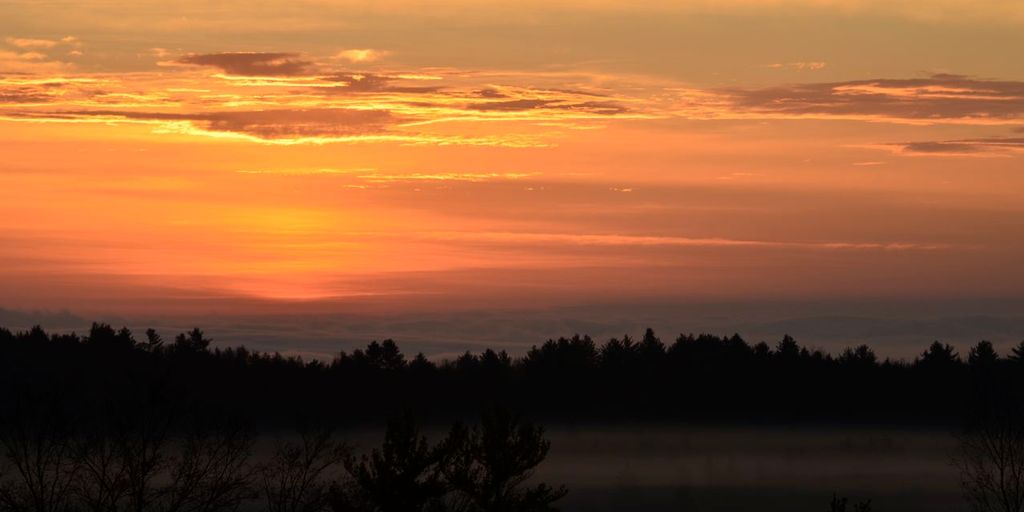
Choosing the Ideal Location

Secluded vs. Accessible: What’s Best for You?
Choosing between a secluded or accessible location depends largely on your retreat goals. Secluded spots offer peace and privacy, ideal for deep reflection or creative pursuits. Accessible locations, however, are better for those who may want the convenience of nearby facilities or less travel stress.
Climate Considerations for Year-Round Enjoyment
The climate of your retreat location can greatly affect your experience. Look for places with a mild climate if you plan to visit year-round. Areas with extreme weather conditions might limit outdoor activities depending on the season.
Cultural and Natural Attractions Nearby
Incorporating visits to local cultural or natural attractions can enrich your retreat experience. Choose a location that offers easy access to natural wonders or cultural landmarks. This not only enhances relaxation but also provides educational opportunities, making your retreat a holistic experience.
Designing Your Retreat Space

Architectural Styles that Inspire Tranquility
Choosing the right architectural style is crucial for creating a retreat that feels like a true escape. Whether you prefer the rustic charm of a log cabin, the sleek lines of modern design, or the timeless elegance of traditional styles, the architecture of your retreat should reflect your personal taste and promote peace. Consider the flow of spaces and the integration of views to enhance the tranquil atmosphere.
Incorporating Elements of Nature
Integrating natural elements into your retreat design not only enhances its aesthetic but also promotes a deeper connection with the environment. Use materials like wood, stone, and bamboo, and incorporate features such as large windows, natural light, and indoor plants. This approach not only brings the outdoors in but also significantly improves the air quality and mood.
Essential Amenities for Comfort and Relaxation
To truly relax and unwind, your retreat should be equipped with all the necessary amenities. Consider including:
- Comfortable seating areas
- A well-equipped kitchen
- Spacious bathrooms with luxurious fittings
- High-quality bedding
- Outdoor relaxation spaces, like hammocks or hot tubs
These amenities ensure that your stay is not just rejuvenating but also comfortable, making your retreat a perfect oasis.
Activities to Enrich Your Retreat Experience

Outdoor Adventures that Rejuvenate
Engaging in outdoor activities is not just about physical exercise; it’s about reconnecting with nature and revitalizing your spirit. Whether it’s hiking through lush forests, kayaking down serene rivers, or practicing yoga under the open sky, the options are limitless. These experiences not only boost your physical health but also enhance your mental well-being.
Workshops and Learning Opportunities
Retreats often offer a variety of workshops that cater to personal growth and skill development. From painting and photography to cooking and gardening, these sessions provide a platform to explore new interests and passions. Participating in these workshops can lead to meaningful discoveries about oneself and foster a sense of accomplishment.
Health and Wellness Programs
To truly enrich your retreat experience, health and wellness programs are essential. These programs might include guided meditation sessions, nutritional workshops, and tailored fitness plans. They aim to promote a holistic approach to health that aligns the mind, body, and spirit, ensuring that you leave feeling rejuvenated and empowered.
Making It Happen: Planning and Budgeting

Setting Realistic Goals and Timelines
Achieving the perfect retreat requires careful planning and realistic goal-setting. Start by defining what success looks like for your retreat, whether it’s relaxation, team building, or personal growth. Break down your main goal into smaller, manageable milestones with specific timelines to keep your project on track.
Budgeting Tips for Big Dreams
Creating a budget for your dream retreat doesn’t have to be daunting. Begin by listing all potential expenses, including accommodation, travel, activities, and meals. Use a structured format to keep track of costs:
| Category | Estimated Cost |
|---|---|
| Accommodation | $1,000 – $3,000 |
| Travel | $500 – $1,500 |
| Activities | $300 – $700 |
| Meals | $200 – $400 |
This will help you visualize the financial scope and make necessary adjustments. Remember, early planning can lead to significant savings.
Navigating Legalities and Permits
Before you finalize your retreat location, it’s crucial to understand the local regulations and obtain any necessary permits. This might include zoning permits, health and safety approvals, or event-specific licenses. Ensuring compliance will prevent any legal issues that could disrupt your retreat plans.
Conclusion
In the journey to find your perfect retreat, remember that the ultimate oasis is one that resonates with your personal needs and desires. Whether it’s a tranquil beachfront, a serene mountain hideaway, or a cozy cabin in the woods, the key is to choose a place that allows you to recharge and reconnect with what matters most to you. Take the time to plan thoughtfully, considering all aspects from location to amenities, to ensure your retreat is as rejuvenating and fulfilling as possible. Here’s to finding your own slice of paradise!






